Annemon is a gentle, very beautiful flower that decorates our gardens with the arrival of spring. When observing landing time, this plant is literally knocked out from under the snow blanket in early spring to please their blossom.
This flower has several names: "Animeon" and "Anemone", which means the daughter of the wind. The name is this plant received a nonsense, the flower petals are very gentle and react even to the weak blow of the light breeze.
This flower belongs to the family of iltike, in nature there are more than 160 species of plants. All of them are different, because they can delight blossom at different times of the year. This feature still remains unsolved, even experienced flowers cannot say why it happens. Annemon loves a temperate climate, chooses mountain areas or plains.
Annemon Blanda - Plant Types
Above it was noted that this plant has many species, but there are popular, which are grown in the middle lane. Plants are divided into 2 types: those that bloom in early spring and those that please their beautiful and gentle blossoms in the summer and autumn periods.
Anemones that bloom in April are considered the most beautiful, they are very gentle and elegant, wide color gamut of gentle shades: from snow-white to genty-lilans. Very beautiful anemones with blue colors, pink and lilac. There are also plants with terry flowers. A peculiarity of spring plants is that they bloom for long, petals quickly appear. Depending on the climate, the awakening falls on April, and flowering - for May. With the coming of summer, spring anemones are resting.
Types of anemone:
- Annemon of the Bland or gentle, the most common type of plant. Anemones are very small, in height reach no more than 10 cm, there are plants with white flowers, pink and blue;
- Double anemone - a tall plant, the height of the cookistic reaches about 30 cm, and the flowers in diameter are revealed to 4 cm. But with this feature, flowers are simple, white, but there are rare varieties with pinkish petals, lilac and dark blue;
- The butterfly anemone is a tall plant, a bush rises to 25 cm, unpretentious and because of this feature popular, as it is possible to grow on any soils. Flowers are not so large, like a pioneer anemona, but differ with a touch of petals - this type of plant has yellow flowers, bright and beautiful.
Annemon Bland, photo:
Anemones that blooming in the summer period are called summer, they have a more powerful root system, the plants are large, flowering period from mid-August and up to mid-October.
Types of autumn anemone:
- Japanese anemone - plants are distinguished by a powerful root system, these are perennial plants. The height reach about 50-80 cm, durable blooms with 10-30 colors (can be both simple and semi-marked).
- Coronal anemone is one of the most favorite species of this plant in flower flowering. Plants are tall, but with single, very beautiful colors, flowers: pale blue, bright red, gentle-beige.
- Hybrid anemone, for example, the Honorine Jobert variety is the most tender and most beautiful anemone, because it has white beautiful petals with a gentle pink border. Flowers are large, the variety is distinguished by endurance. There are anemones of this variety with bright coloring petals: bright and dark pink color, burgundy.
Annemon Bland: Landing
So that the plant pleased with beautiful bloom, it is necessary to comply with the rules for preparing for landing:
- first you need to decide on the place and prepare the soil. If you have enough space, then choose such a plot so that it is protected by drafts (the anemones do not like it), was spacious and shaded;
- due to the fact that the rhizomes during the season grow greatly, the anemons need enough space. Rhizomes are so fragile, which can be very quickly damaged if the plants lack the place on the site;
- plants do not carry drafts, so the plot is selected, where there are no walking winds. Also, plants do not like strong heat, so you need to choose a shaded area;
- regarding the requirements for the soil: the anemons do not like excessive acidity, so when preparing the soil before planting seeds, it is necessary to enrich her wood ash or add dolomite flour. Annemon is growing well on deciduous soils and loams, but in order to achieve ideal conditions for growing, experienced flowerflowers are added to the soil sinking fine sand.
Reproduction of the anemone of the Bland Seeds
It is easy to grow from the seeds, but some features must be taken into account:
- Seeds of all kinds have a very low germination, because of this feature you need to take into account that after sowing, it will germinate only a quarter of seeds, provided that they will be fresh and just collected.
- Improve the germination will help stratification within 4-8 weeks. It is necessary to withstand the seeds in the cold, after which they need to be mixed with peat and large sand. On 1 part of the seed you need to take 3 parts of the peat or sand, mix and ensure that the seeds are constantly moistened (will help daily spraying).
- When the seeds are slightly increased in size and appreciated moisture, you can add a substrate and move the container to a well-ventilated place, to withstand the seeds needed with competent moisture (not allow soil drying) at a temperature of +5 degrees.
- When sprouts appear, the seeds need to be taken out and cut into the ground with seeds, truthing sawdust.
- With the onset of March, the seeds need to be placed and transplant to the boxes. It was the most painstaking way to grow the anemone from seed by hardening. This can not be done, but to sow seeds in the boxes with the soil in the fall and bury them on the street, cover with branches or large sawdust. During the winter, the seeds harnesses naturally, and as soon as heptites, they will need to be put in boxes for growing seedlings.
The reproduction of the anemone of the Blonds
The reproduction of Anemone Seeds is the most difficult method of cultivation, which is used if it is impossible to get high-quality planting material. Basically, the reproduction of Anenemone Tuberma:
- The anemone delicate tuber is small, more like black coins. Before starting to land, you need to distinguish the top and bottom of the tuber, so as not to confuse and plant the plant correctly.
- It is forbidden to plant tubers on the edge due to an unstable position, the tubers can turn and do not take care.
- In the autumn period, tubers are planted in an open ground. Requirements for planting material: Tubers need to be addicted so that they are at rest calmly overwhelmed. If the landing is planning in the spring - put the tubers in the soil as soon as the snow melts.
- When landing, do not deepen the tubers (as much as possible to 5 cm to 5 cm), pour sand and trigge the layer of land.
- If a spring landing is planned, the anemone tubers need to soak in water, because they must have time to be rooted until the heat comes until it comes. To prepare the seating material, you need to put the tubers in wet sand (pour water with the addition of manganese). Once the tubers will scatter and bumps will appear (after 2-3 days), they can be planted into the soil with tubercles up.
Tip from experienced gardeners: it is necessary to immediately decide on the place, as the anemone has very fragile roots and they do not tolerate the transplant. An exception is young anemones, they may be faster after the transplant.
When growing the anemone of the Bland, consider the plant perfectly tolerate frosts. But protection is needed if the winter was not a snowy: plants needed to cover sawdust, dry leaves, branches of shrubs.
Annemon Bland: landing and care
When planting the plant, it is necessary to follow the following:
- after determining the growth point, the blubberry of the wrong shape planted sideways;
- preparation of a seat for landing: Make a hole for each plant with a depth of 15 cm, with a diameter of no more than 40 cm;
- at the bottom of the pit, you need to pour a handful of ash and a handful of humus, place 1 tuber in each hole, slightly press, sprinkled with the earth and then the earth. Top to perturb the sand layer and layer of the earth, after which it is to pour a plant.
Planting seeds grown from seeds:
- seedlings with 2 full-fledged sheets are planted in an open soil;
- landing in open ground for the 2nd year of growth;
- when landing in the autumn period, seedlings need to be protected from frosts: cover with large sawdresses, dry leaves or branches.
The blossoms of the anemone, which were grown from the seed, should be expected only for the 3rd year after landing.
The care of plants is simple, if you follow the landing time, follow the irrigation and make feeding on time:
- the main problem of the anemone of the Bland is a lack of moisture in the active phase of growth. But with all the efforts in the cultivation, it is important not to dismissed the soil, because the plants may die. But the lack of moisture needs to be avoided in every way, therefore, to achieve an optimal balance of humidity, you need to choose the right place. Anemone will feel well on the elevated areas, but under the condition of good drainage;
- after the plant is planted, it is important to mulch: a layer of 5 cm at least, it can be peat, dry leaves from the garden, branches of shrubs;
- moisturizing in the spring - the maximum of 1 watering over the week, in the summer - in the same way, if the summer was moderate. Additional watering - only during flowering, if the soil requires it. In the arid hot summer watering daily 1 time a day in early morning or in the evening when the sun sits;
- supporting: Liquid organic fertilizers (in the flowering phase) or complex mineral (autumn). It is impossible to make fresh manure. If the soil is good for landing, the feeders are not needed;
- care rules include in addition to irrigation and feeding, soil looser and it is necessary to ensure that the site does not cover the weeds. Justice is undesirable, as you can damage the fragile root system, so all weeds will pull out manually;
- after the plant is swinging, Anenemone needs to be pulled out of the soil along with the tubers, try to do it as little as possible so as not to damage the roots. Plants need to be prepared for wintering: cut dry parts, dry the tubers. Store in the winter in the basement in the sand or peat, but the room is dry. If the winter is warm, plants can not dig up, but then you need to hide them with a sweetheart.
Fighting pests and diseases Anemone Bland
The anemone is practically not subject to diseases, but there are cases when the roots of the plant are affected by nematodes, winter worms and plants can eat snails and slugs. So that this does not happen, enough soil treatment with disinfectants (for example, "metaldehyde"). Miscellanery will help abstract on the site, where the anemones, water tanks with the addition of chlorine grow. The sharp smell scares insects.
With a strong damage to the plants with nematodes, they will have to emerge, and the soil is treated from parasites, but it is better not to grow the plants at this place, and choose another place.

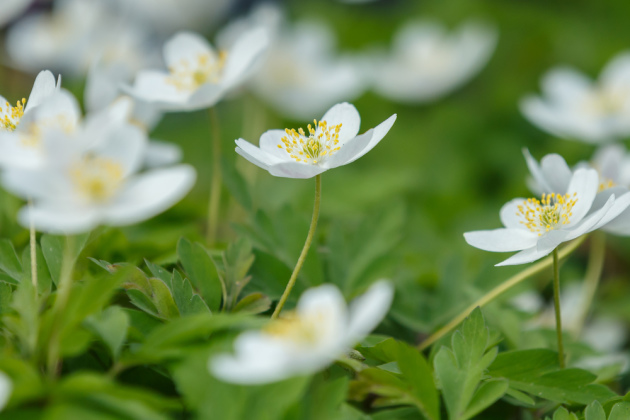
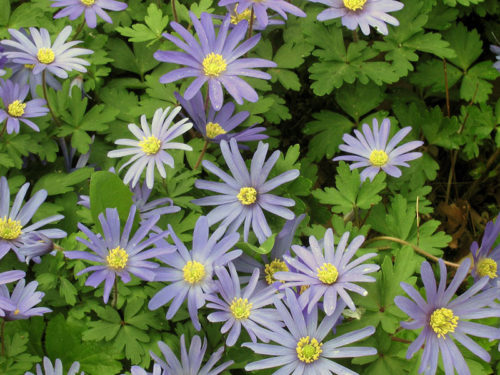
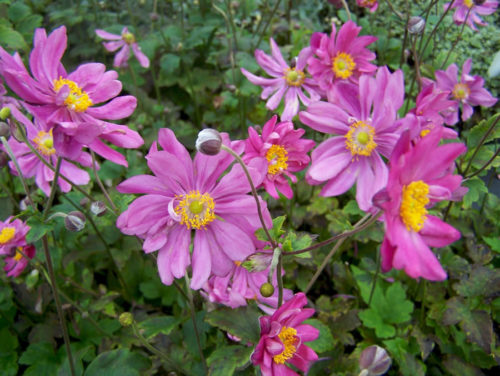
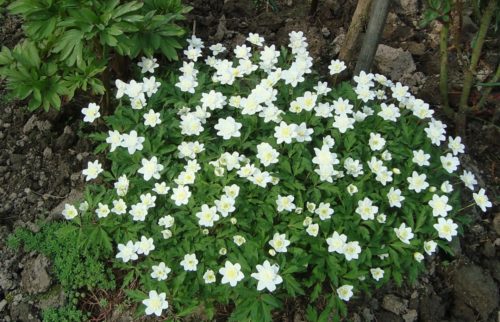

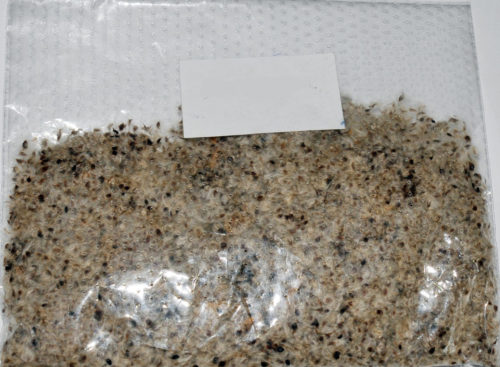
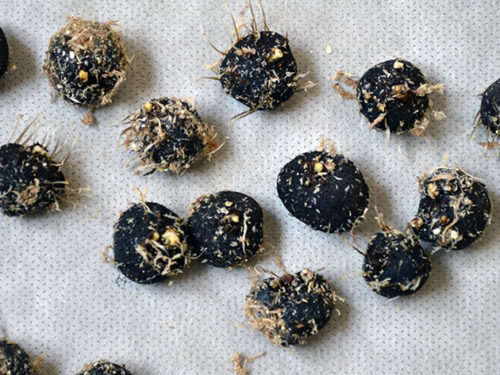
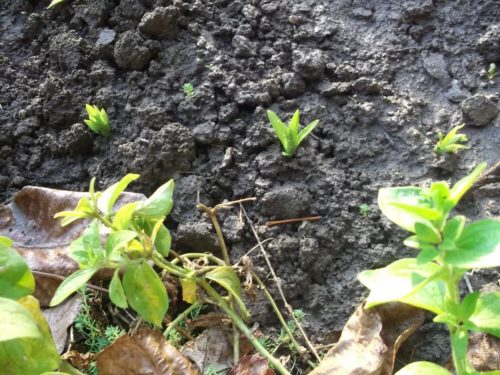
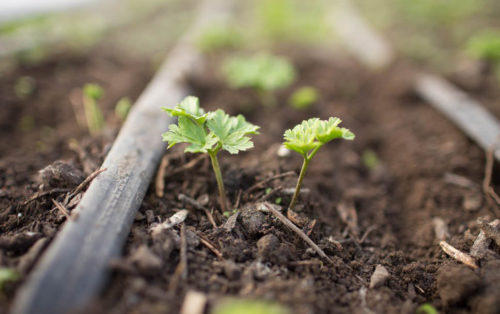
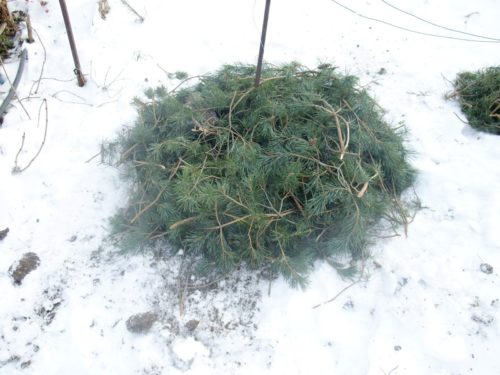
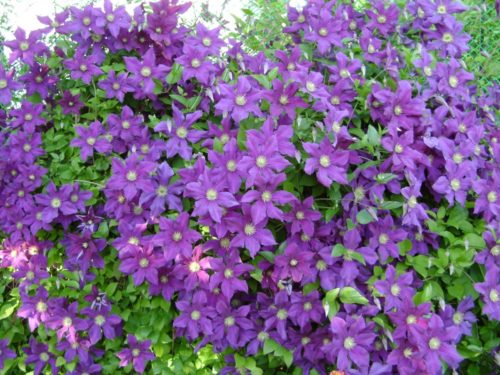












 Start a discussion ...
Start a discussion ...